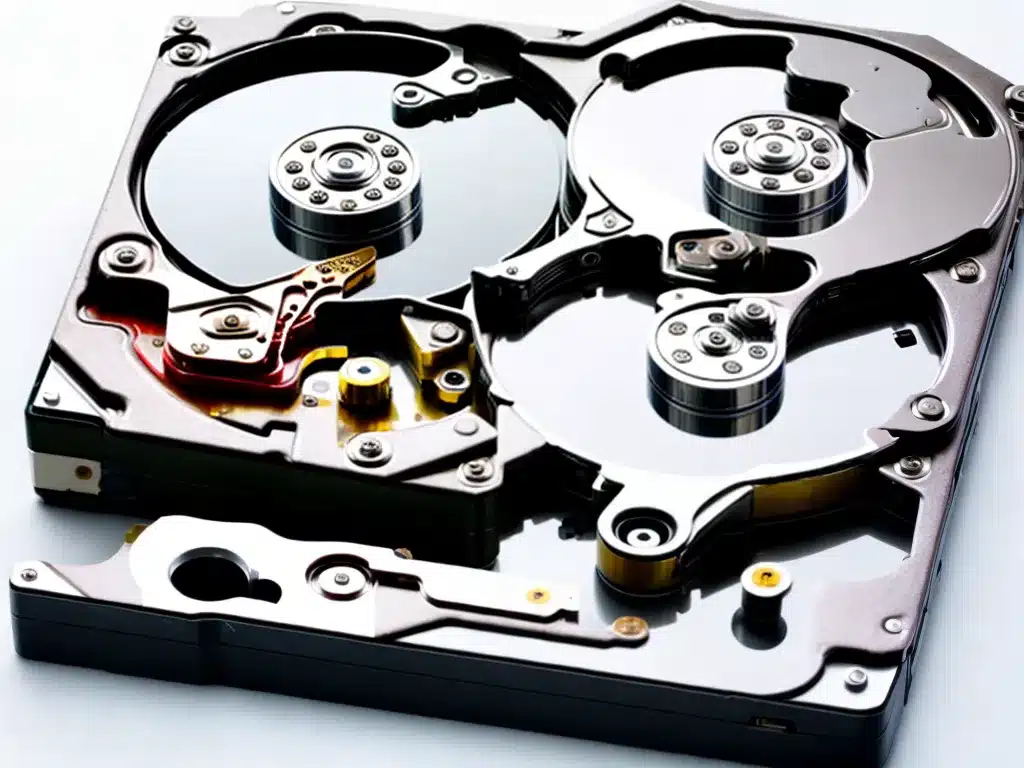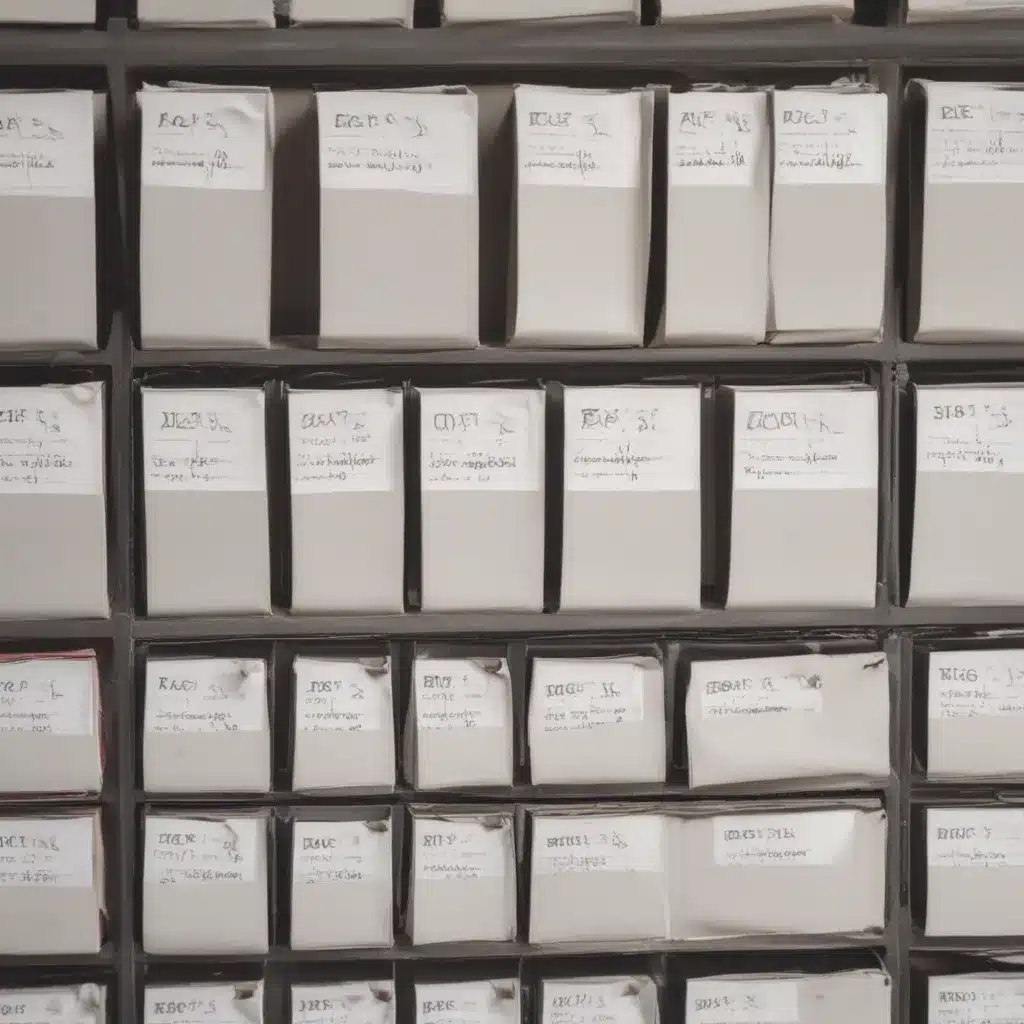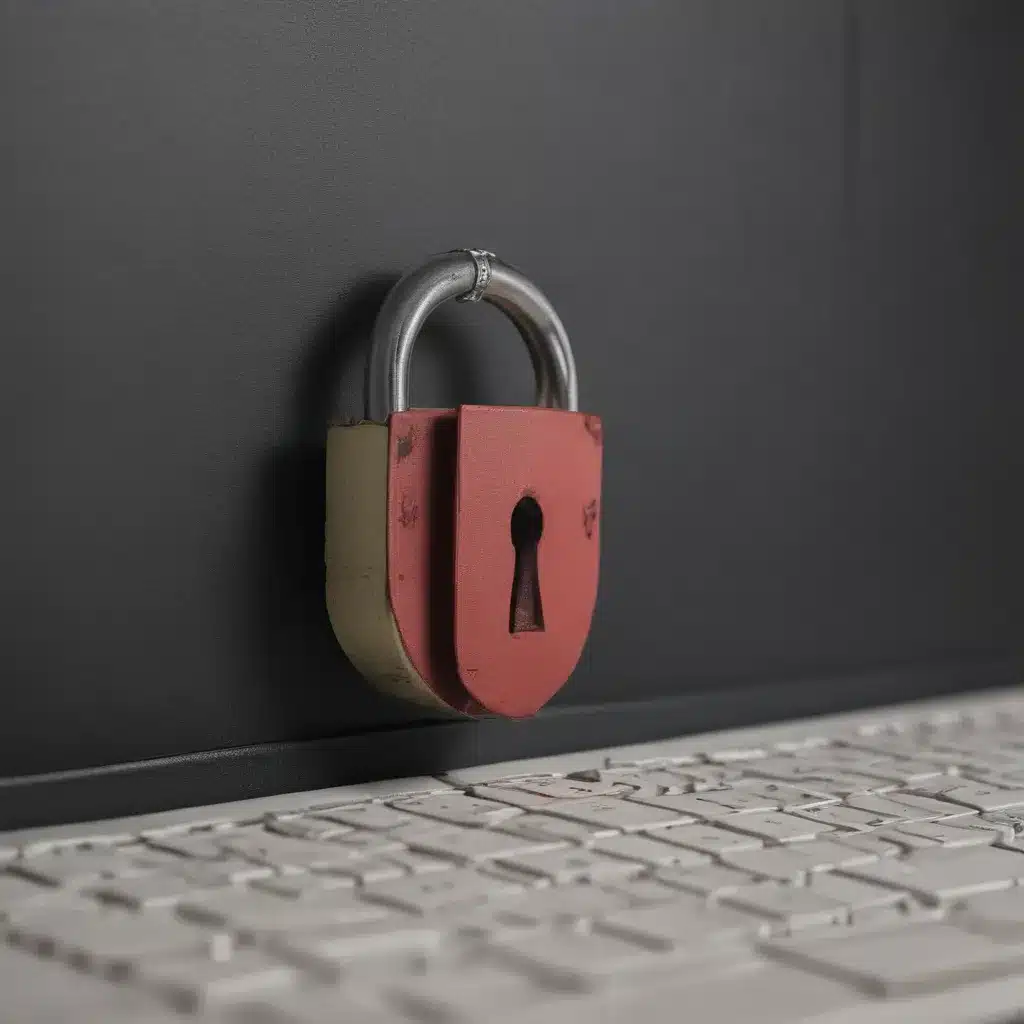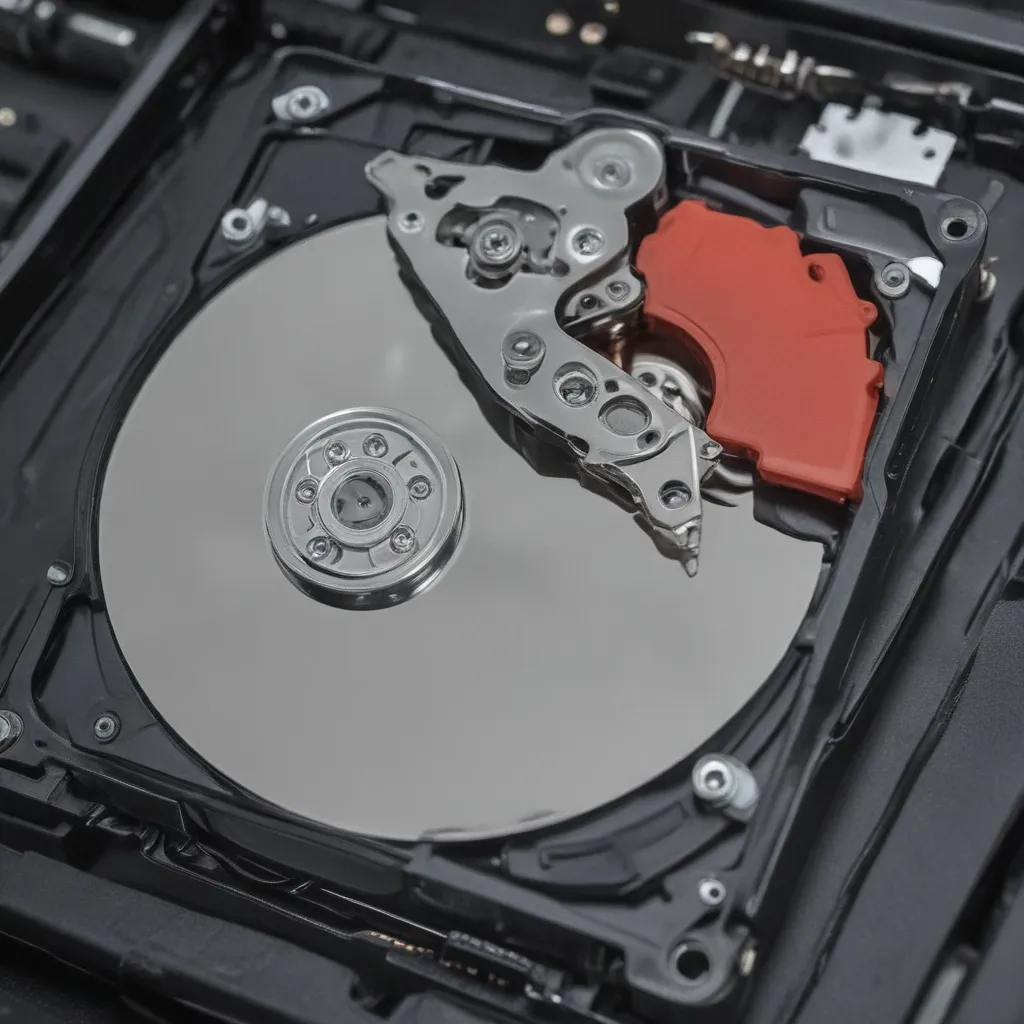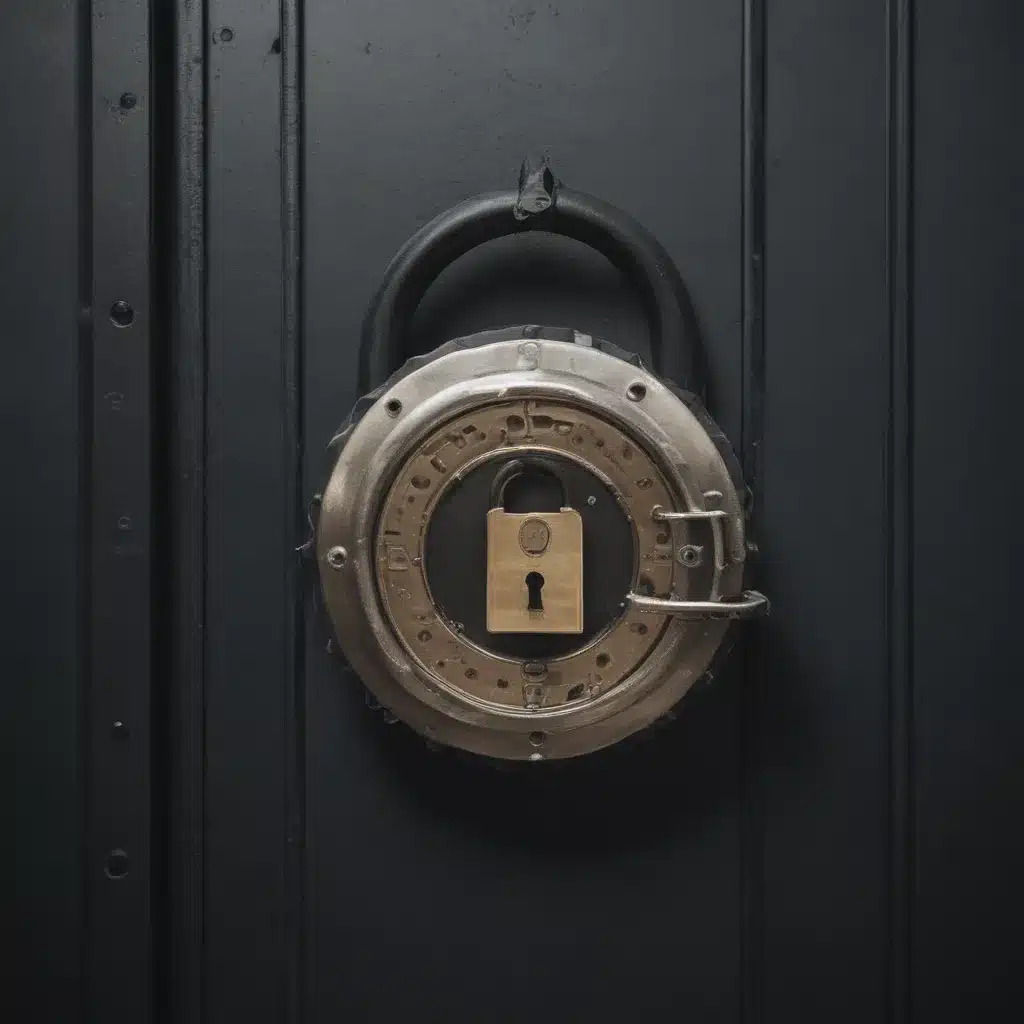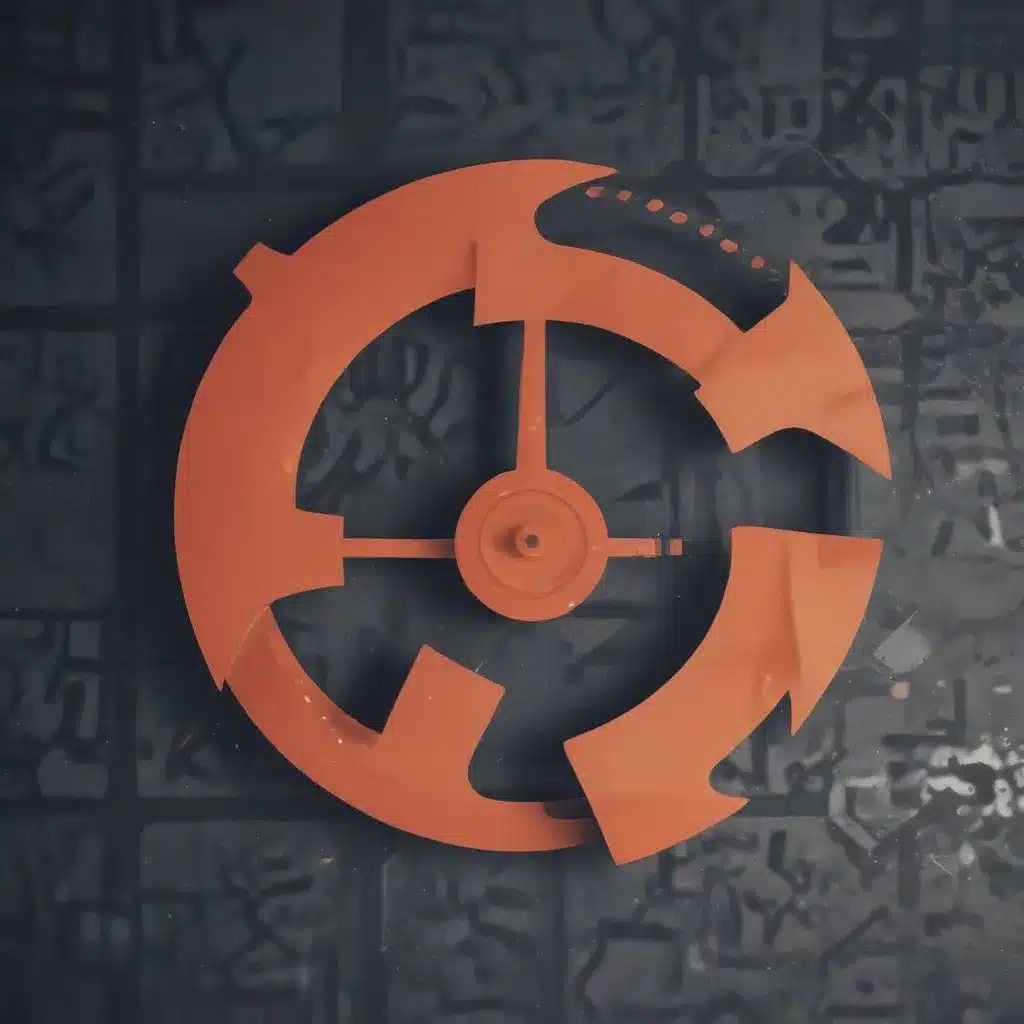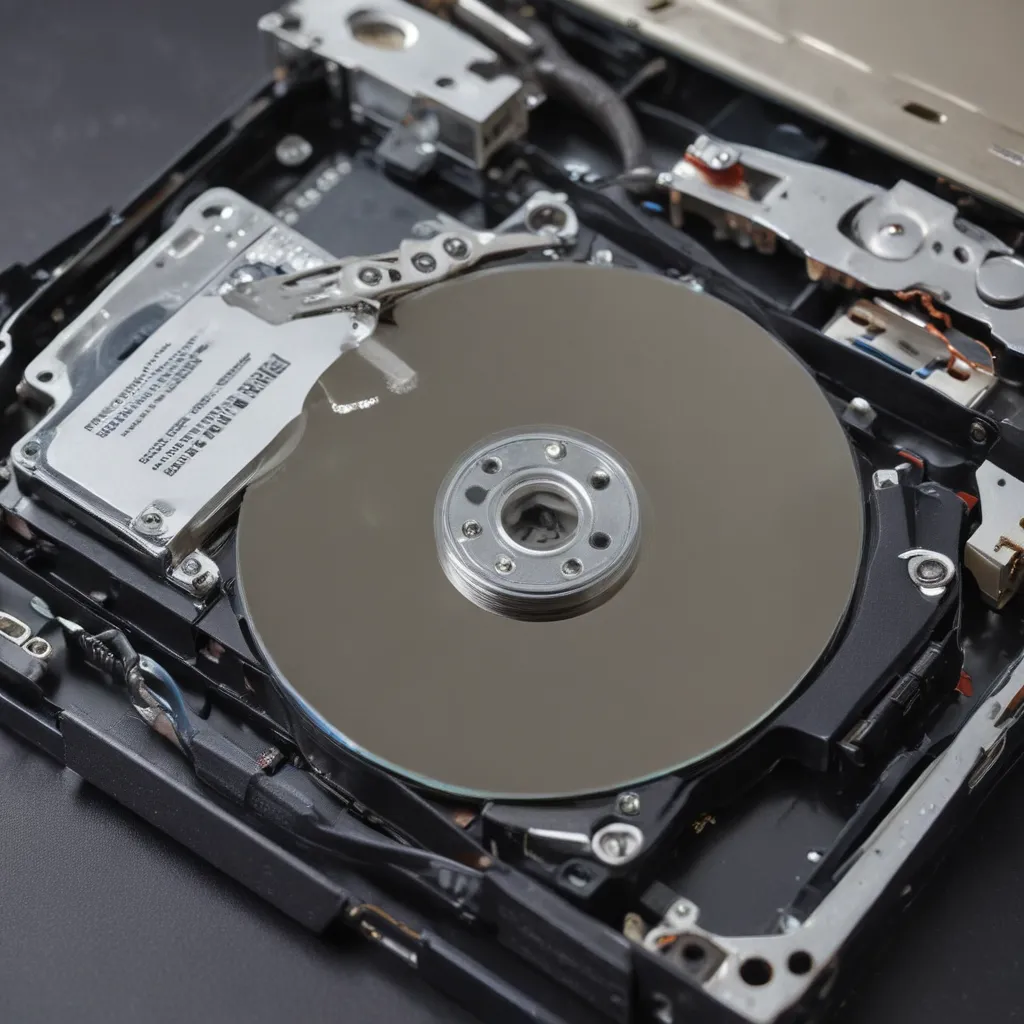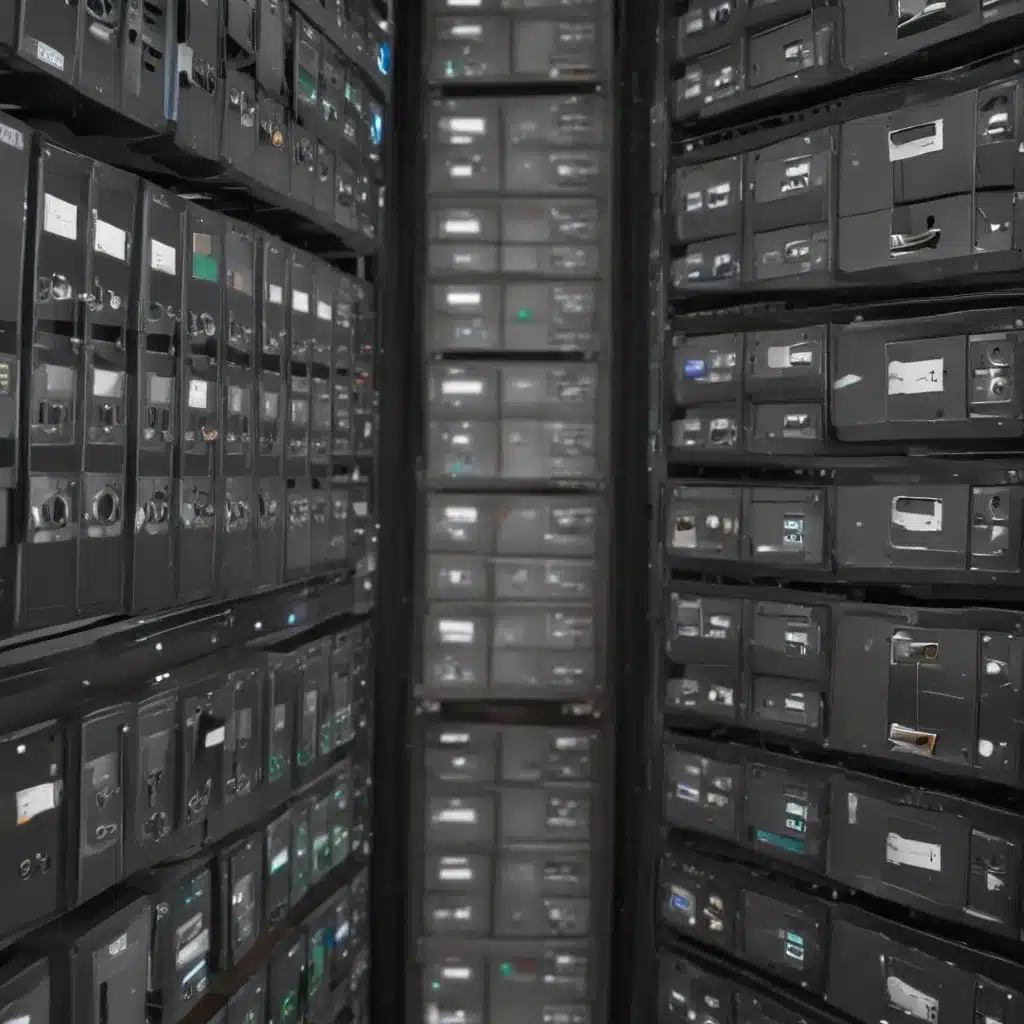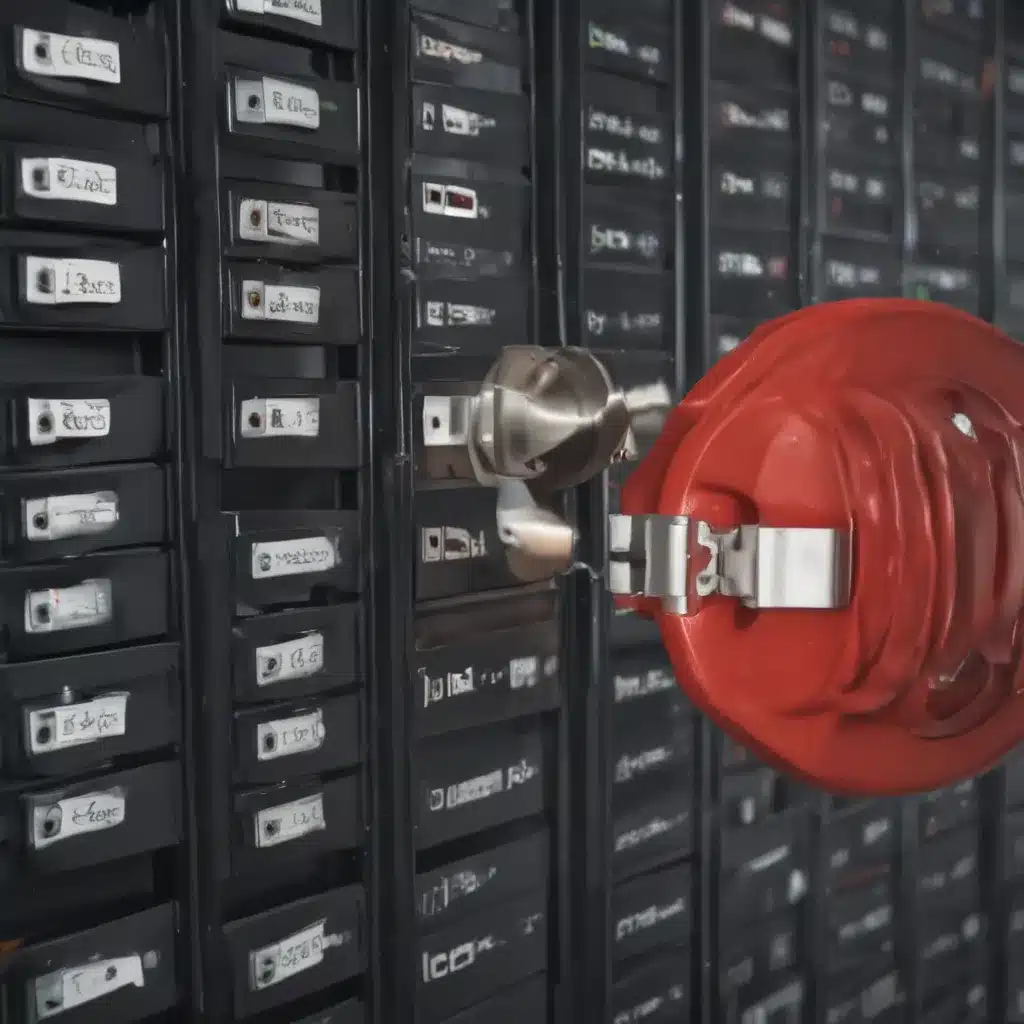Introduction
Western Digital (WD) is one of the most popular brands of hard disk drives (HDDs) on the market. As with any storage device, WD HDDs can fail or become corrupted, leading to potential data loss. The good news is that in many cases, data can be successfully recovered from a failed WD drive using the right tools and techniques.
In this comprehensive guide, I will walk you through the step-by-step process of recovering data from a Western Digital HDD on your own. We’ll cover everything from initial diagnosis to using data recovery software and even sending your drive to a professional recovery lab if needed. Follow these steps carefully and you have an excellent chance of getting back lost files and folders.
Preparing For Data Recovery
Before attempting recovery, there are a few key things you need to do to prepare:
-
Stop using the WD drive immediately – Any further writes to the drive could overwrite your lost data and make it unrecoverable. Unplug the drive right away.
-
Gather tools and materials – Have your WD drive, another storage device to recover data to, data recovery software, screwdrivers, anti-static mat.
-
Consult a professional – If the data is critical, speak to a data recovery expert first. Avoid amateur mistakes upfront.
-
Backup the drive – Create a disk image backup before performing DIY recovery. This protects the drive from further damage.
Diagnosing the Western Digital Hard Drive
It’s important to understand the exact problem with your WD drive before attempting recovery. Issues can include:
-
Logical failure – File system or partition corruption. Data likely recoverable through software.
-
Mechanical failure – Physical problem with drive components. May need a clean room.
-
Electronics failure – Circuitry issues on PCB. Requires specialist skills.
-
Determine failure type by symptoms – Strange noises, not recognized by OS, slow performance, etc.
-
Use manufacturer tools – WD Drive Utilities can test for problems and monitor health.
-
Consider previous damage – Drops, water exposure and power surges can cause physical issues.
Attempting Data Recovery Yourself
With the right tools, you can perform DIY data recovery on a Western Digital drive:
Recover Lost Partitions
-
Use TestDisk to locate and rebuild corrupted partitions.
-
May need deeper scan if partitions do not show initially.
-
TestDisk will recover lost partition boot sectors and file system structures.
-
Allows copying of files from recovered partitions.
Extract Data From Damaged Drives
-
Software like R-Studio and EaseUs can read data from drives with bad sectors.
-
They utilize advanced algorithms to gather data from failing drives.
-
Some support virtual RAID reconstruction if WD drive was in a RAID.
-
EaseUs offers a straightforward interface for finding and restoring files.
Image Backups For Severely Damaged Drives
-
If drive has physical damage, create a full forensic image with DDRescue.
-
This copies all retrievable sectors to a disk image file as a backup.
-
The image can then be scanned for files without stressing the damaged drive.
-
Allows repeatedly going back to pristine image without harming drive further.
Advanced Options
-
If DIY tools don’t find files, try a Linux Live CD with data recovery utilities.
-
SpinRite can attempt to repair damaged hard drive sectors on very corrupt drives.
-
Photorec carves recoverable files from drives without relying on file system.
When To Use A Professional Service
For critical business or personal data, utilizing a professional lab may be your best chance:
-
If DIY methods fail completely, pros have specialized hardware and tools.
-
Clean room access allows recovery from mechanically failed drives.
-
Proprietary techniques like disk swapping and chip swaps may work.
-
Experts can manually reconstruct corrupted firmware modules.
-
Success rates much higher for pros, but costs start around $300.
-
Remote recovery options allow shipping drive to lab with no need to visit.
-
Get quote ahead of time so there are no surprise charges later.
Preventing Data Loss On Western Digital Drives
While recovery is possible, prevention is always better than cure:
-
Maintain multiple complete backups of critical data.
-
Use enterprise quality drives designed for constant operation.
-
Install drives properly to avoid vibration and overheating.
-
Handle drives gently and protect from impacts.
-
Ensure proper surge protection and stable power.
-
Upgrade older drives as they are more prone to failure.
-
Monitor drive health stats using WD tools.
-
Consider RAID or other redundancy for added protection.
Final Thoughts
Recovering lost data from a Western Digital hard drive is often possible with the right techniques. First diagnose the specific problem at hand, then attempt DIY software recovery before turning to a professional service if needed. With a structured recovery approach, you have an excellent chance of getting back your important files and folders. Just be sure to start by removing the drive and halting further use to avoid overwriting your precious data.

